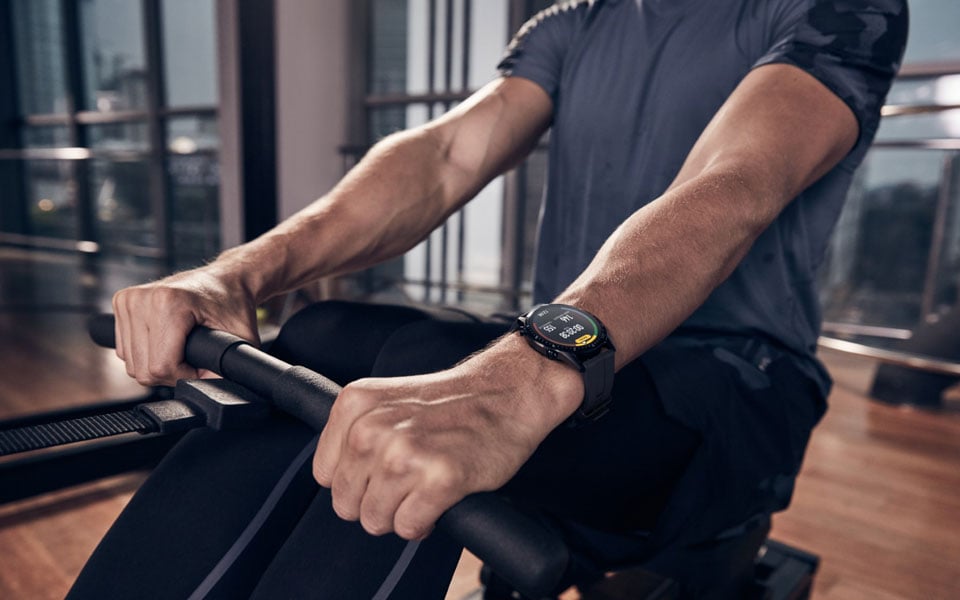Unless you’re someone who lives and breathes physical exercise, the idea of putting the fork down and putting the running shoes on, can be an arduous process. That’s where fitness wearables come in. They’re designed to get you moving and to help you reach your personal health goals, whether it be weight loss or a PB time for a 5km run.
They’re a huge business too, with the industry predicted to be worth US$62.1 billion by 2023, thanks to large scale adoption by the younger generation who want to have the latest gadgets, and the older generation who want to keep active after they retire. Wearables have certainly had a massive impact on the fitness industry, so much so, that we spoke to celebrity personal trainer Corey Calliet, to find out if they’ve taken some of the jobs away from him.
View this post on Instagram
“They don’t take the job away from me at all. A person can have a watch that tells them there’s X amount of time left for a workout, but it takes a PT to push them, to give them motivation and ultimately tell them to keep going.”
“A watch makes you accountable for your own goals, but the PT is still needed for that extra push to get you to the next level.”
As for whether wearables have had an impact on people’s attitude towards keeping fit, Corey says “personally, I have seen an increase in the drive to hit the marks on getting daily.”
“We now have a way to quantify our physical output, and you have people being held accountable to reach their activity goals. It’s like having someone tell you to get going.”
He insists there’s more of a harmonious marriage between PT and fitness tracker: “I think everyone should have a tool to keep them on track. Accountability factors aside, I need my clients to be at their best whether it’s pushing limits during our training sessions or optimising their recovery efforts using a sleep tracker, for example, to be ready for the next day’s work.”
Asked whether he uses a fitness tracker himself, Corey admitted he does. “I use the Huawei Watch GT 2 – I rarely take it off. The fact I have something that can go with me everyone and I can rely on at any time makes it a staple in my everyday functioning.”
“With how busy and unpredictable my life is, I can keep my goals in check. The sleep tracker has had a huge impact on my ability to improve my sleep hygiene, allowing me to push limits day in and day out.”
View this post on Instagram
And with regards to manufacturers reaching the peak in terms of function and design, Corey thinks there’s at least one improvement they could make: “If they could somehow get me into a watch, telling you to get in gear or keep pushing, I’d have everyone crushing their goals.”
It’s certainly a case then, of man and machine working together, as opposed to the latter taking over our jobs. May the happy marriage continue.
